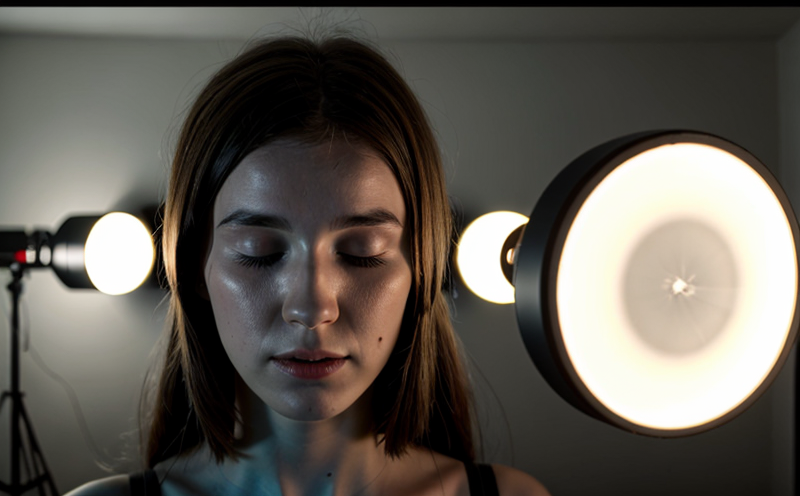IEC 61000 4 7 Harmonics and Flicker Testing in Lighting Systems
The IEC 61000-4-7 standard is a crucial part of ensuring the quality, safety, and reliability of electrical systems, particularly those used in lighting. This standard addresses the issue of voltage fluctuations that can lead to flickering or stroboscopic effects in lighting systems. Flicker refers to the periodic variations in light intensity, which can be caused by harmonic currents in power supplies.
Harmonics are integer multiples of the fundamental frequency of alternating current (AC). When these harmonics interact with the lighting system, they can cause a phenomenon known as stroboscopic effect. This is where an object appears to move slower or faster than it actually does due to the interaction between the light source and the motion.
Understanding the impact of harmonics on flicker is essential for maintaining high-quality lighting systems that provide consistent performance under various conditions. Compliance with IEC 61000-4-7 ensures that lighting systems meet global standards, enhancing safety and reliability in all sectors where electrical power distribution plays a critical role.
The testing process involves careful measurement of the voltage waveform to identify any distortion caused by harmonic currents. This is typically done using specialized equipment capable of capturing detailed data on voltage fluctuations over time. The results are then analyzed according to predefined criteria outlined in IEC 61000-4-7, which specifies limits for permissible flicker and stroboscopic effects.
For effective testing, it's important to consider the type of lighting system being evaluated—LEDs, fluorescent lights, incandescent bulbs, etc.—as each has unique characteristics affecting how they respond to harmonic currents. Additionally, environmental factors such as ambient temperature, humidity levels, and altitude can influence test outcomes.
Our lab utilizes state-of-the-art instrumentation to conduct thorough tests according to IEC 61000-4-7 standards. Our team of experienced engineers ensures accurate measurements and reliable data interpretation, providing clients with comprehensive reports that outline compliance status along with recommendations for improvement if necessary.
Applied Standards
| Standard | Description |
|---|---|
| IEC 61000-4-7 | This standard specifies limits for permissible flicker and stroboscopic effects in electrical systems. It provides guidelines on measuring and analyzing these phenomena to ensure compliance with international standards. |
Eurolab Advantages
We pride ourselves on delivering accurate, reliable, and compliant test results for IEC 61000-4-7. Our advanced facilities equipped with cutting-edge technology allow us to perform precise harmonic and flicker testing across a wide range of lighting systems.
- Comprehensive Testing Capabilities: We offer full-service solutions covering all aspects of harmonics and flicker testing required by IEC 61000-4-7.
- Expertise in Lighting Systems: Our team has extensive experience working with various types of lighting systems, ensuring that we understand the specific challenges each presents.
- Accurate Reporting: We provide detailed reports outlining test results and recommendations for any necessary adjustments to meet standards.
The combination of our technical expertise, state-of-the-art equipment, and commitment to accuracy makes Eurolab your trusted partner in ensuring compliance with IEC 61000-4-7.





